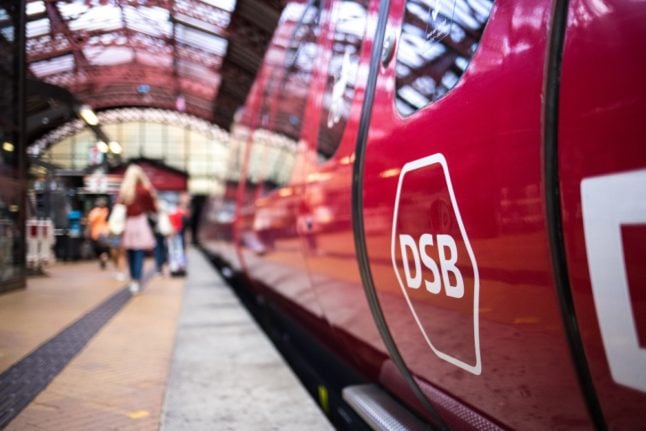Although more Danish households than not own at least one car, it will come as no surprise to anyone who has visited or lived in the Nordic country that the bicycle is an immensely popular mode of transport.
Capital city Copenhagen, for example, boasts more bicycles than residents, with over 672,000 bikes on its 384 kilometres of cycle lanes.
The busy bridge which connects the Inner City with the Nørrebro neighbourhood, Dronning Louises Bro, sees over 40,000 cyclists across it every day.
A 2022 survey-based report by the University of Southern Denmark states that 81 percent of adults in the country own a bicycle.
74 percent of people aged 15 or over use their bicycle at least once per year. 51 percent cycle at least once a week, and 21 percent do so “almost every day”.
The most common reason to use a bike, the report found, is as transport to and from grocery shopping – 63 percent said they use two wheels for this purpose. The second-most common reason to ride a bicycle is to get to and from work or education.
37 percent of people aged over 15 in Denmark ride their bicycle for leisure purposes at least once a week, according to the report.
There are regional differences in how much bicycles are used, just as the prevalence of car ownership varies regionally in Denmark.
Overall – taking both leisure and practical purposes into account – bicycling is most common in small island municipalities as well as in the capital Copenhagen and neighbouring Frederiksberg municipalities. Rural communities which are not close to larger cities have the lowest amount of bicycle use.
READ ALSO: Can ‘middle class’ Danish people afford to own a car?
The local landscape can also have an effect on how often a bicycle is used, according to the report. Environment, good cycle paths and natural beauty all appear to promote leisure cycling. The extent to which people are likely to use their bikes purely for transport was more closely related to population density, local amenities and the standard of the bicycle lane network.
Compared to other forms of transport, bicycles remain somewhat less popular than cars.
A transport habits study conducted by the Danish Road Directorate (Vejdirektoratet) covering the years 2016-2019 found that 15 percent of all journeys made in Denmark take place on a bicycle. That compares to 20 percent on foot and 58 percent by car, with 6 percent taking place on public transportation.
The age group most fond of cycling is 25-34 year-olds, who bike an average of 1.9 kilometres every day, according to the agency.
Those aged 18-24 are not far behind at 1.8 kilometres per day, while 35-44 year-olds pedal 1.7 kilometres daily on average.
Children aged 6-9 and senior citizens aged 67-84 years each cycle 0.8 kilometres on average every day in Denmark.



 Please whitelist us to continue reading.
Please whitelist us to continue reading.
Member comments